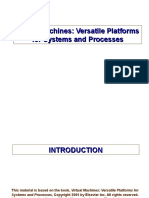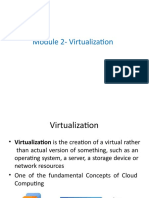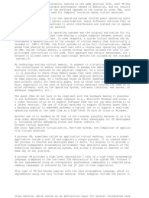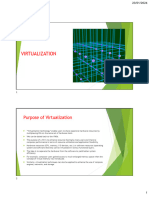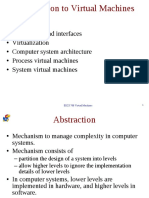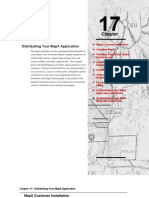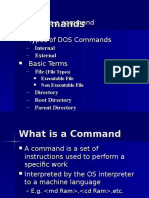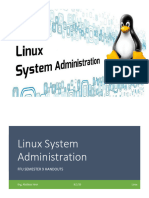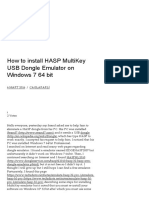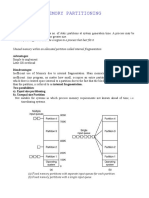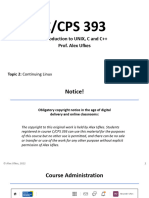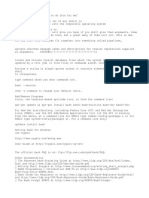0% found this document useful (0 votes)
24 views3 pagesTaxonomy of Virtualization
The document discusses the taxonomy of virtualization, categorizing it into process-level and system-level execution environments, as well as storage and network virtualization. It explains the differences between system virtual machines and process virtual machines, highlighting their roles in emulating hardware and providing platform independence for applications. Additionally, it covers the concept of hypervisors, their classifications, and the benefits of virtualization, such as resource management and application provisioning.
Uploaded by
tharunelamuruganCopyright
© © All Rights Reserved
We take content rights seriously. If you suspect this is your content, claim it here.
Available Formats
Download as DOCX, PDF, TXT or read online on Scribd
0% found this document useful (0 votes)
24 views3 pagesTaxonomy of Virtualization
The document discusses the taxonomy of virtualization, categorizing it into process-level and system-level execution environments, as well as storage and network virtualization. It explains the differences between system virtual machines and process virtual machines, highlighting their roles in emulating hardware and providing platform independence for applications. Additionally, it covers the concept of hypervisors, their classifications, and the benefits of virtualization, such as resource management and application provisioning.
Uploaded by
tharunelamuruganCopyright
© © All Rights Reserved
We take content rights seriously. If you suspect this is your content, claim it here.
Available Formats
Download as DOCX, PDF, TXT or read online on Scribd
/ 3



